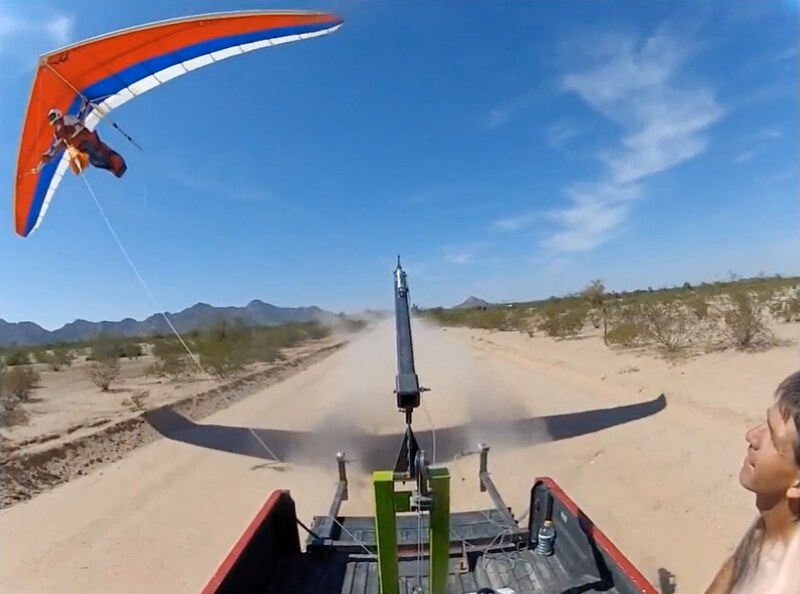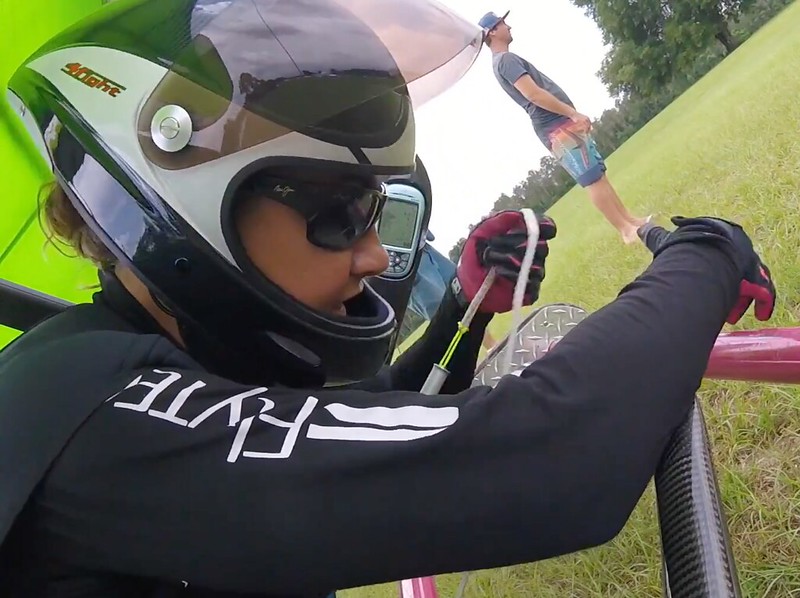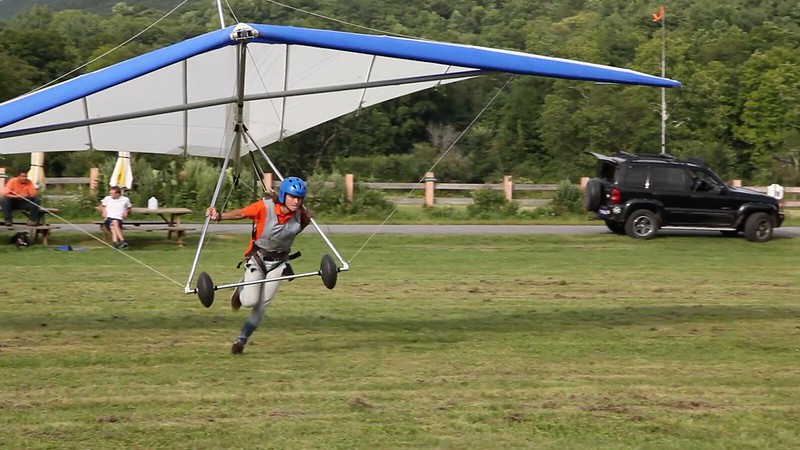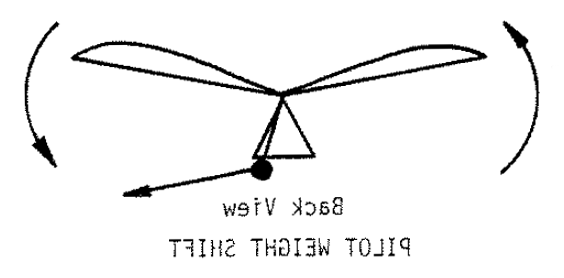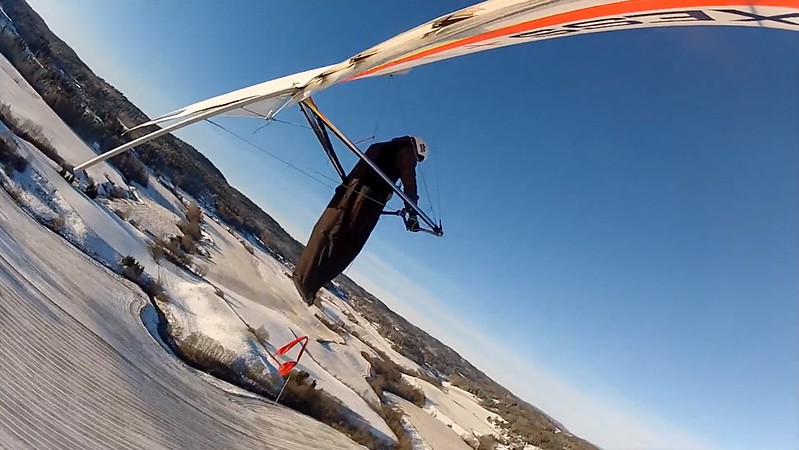http://groups.yahoo.com/group/skysailingtowing/message/6686
Weaklinks
Donnell Hewett - 2008/10/14 00:49:34 UTC
6686
In the case of hang gliders, platform towing is the only mode that consistently pulls downward throughout the whole flight when performed properly. All other forms of towing use forward pull at least during the early part of the flight. Therefore, they should all use a forward-pull weak link. Even platform towing can revert to forward pull if done improperly. I have seen cases where the glider would launch and the vehicle would race forward at high speed to lengthen the towline before the glider could gain significant altitude. This converted the down-pull into a forward-pull even while using a down-pull weak link. The glider climbed out at a 45 to 60 degree angle at low altitude. If the payout winch had jammed for some reason, the down-pull weak link would have broken, the glider would have whip-stalled, and the pilot would have been killed. I was appauled at such an operation. But it was SOP for that group. They had done it many, many times without a mishap.
In the case of hang gliders, platform towing is the only mode that consistently pulls downward throughout the whole flight when performed properly.
- And in all of hang gliding, nay all of any and every form of towed aviation on the planet, only the great Dr. Lionel D. Hewett, PhD is qualified to determine whether or not something's being done PROPERLY.
- They're not using Center of Mass Hewett bridles. So how can anything in platform towing be being done properly from the instant they start rolling on? Aren't all bets off from the word go?
All other forms of towing use forward pull at least during the early part of the flight.
- What if the forward pull flight locks out immediately upon launch and the pull is virtually instantly identical to a properly performed platform launch relative to the wing? What weak link would we wanna adjust to if we had the ability to succeed soon enough to permit safe recovery?
- Here's a launch with a Koch two stage. One of the safest, most effective release systems ever developed. Been around since at least the mid Eighties and you've never bothered to fuckin' look at it 'cause there's no provision for it in your Sacred Skyting Criteria.
Starts out forward pulling and identical to aero...
06-03506
http://live.staticflickr.com/65535/48250952622_b832a69ab5_o.png
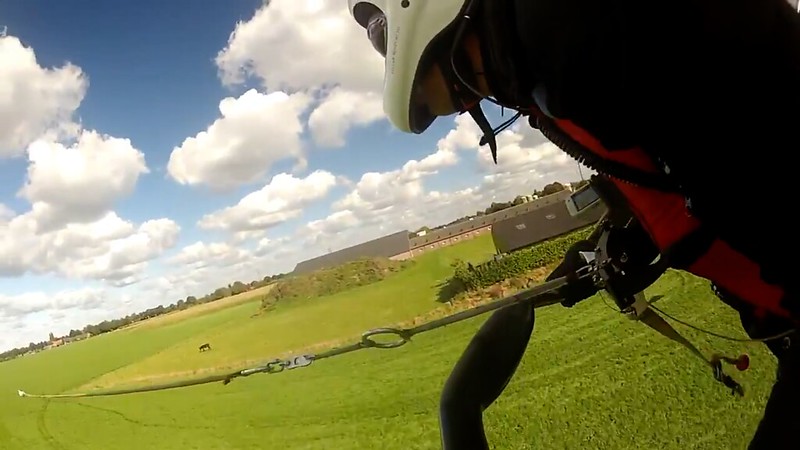
...transitions...
14-04604
http://live.staticflickr.com/65535/48250878351_fa79a21af8_o.png
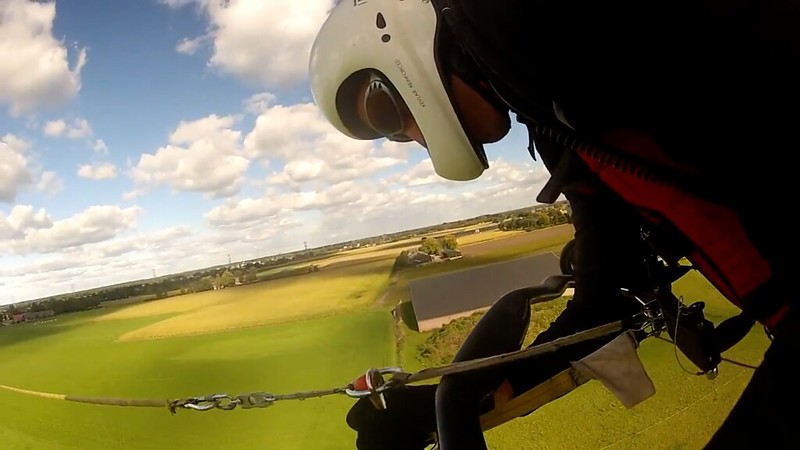
...to...
15-04610
http://live.staticflickr.com/65535/48250878176_35b2cb57c6_o.png
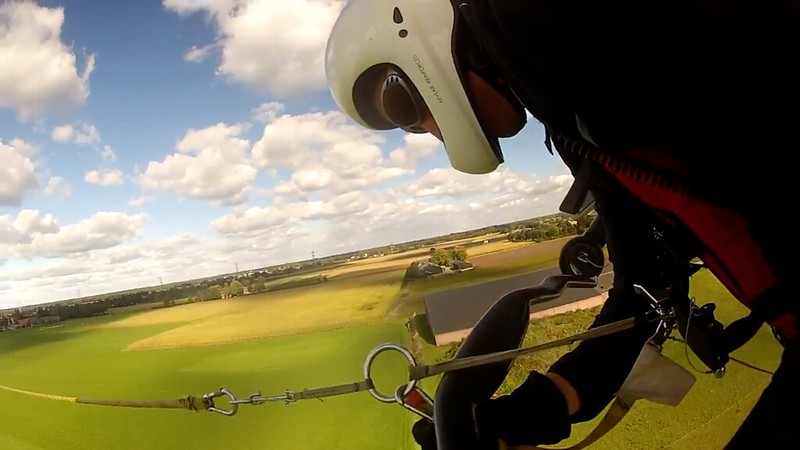
...downward...
21-04811
http://live.staticflickr.com/65535/48250877516_11538eb058_o.png
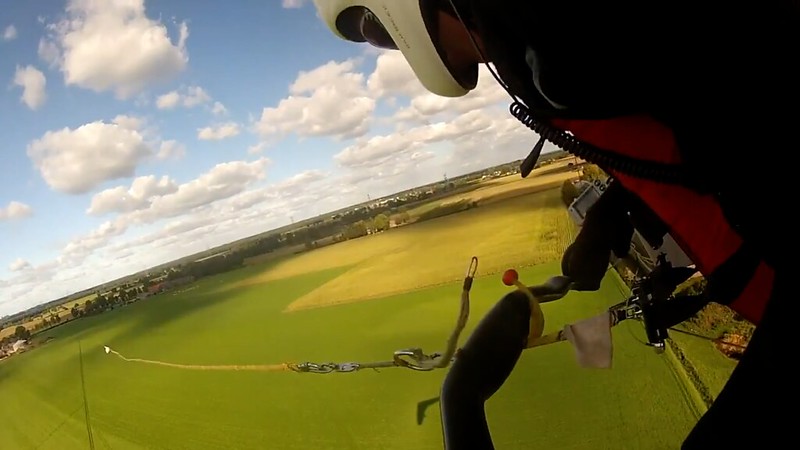
...pulling...
26-10206
http://live.staticflickr.com/65535/48250949847_517a14b221_o.png
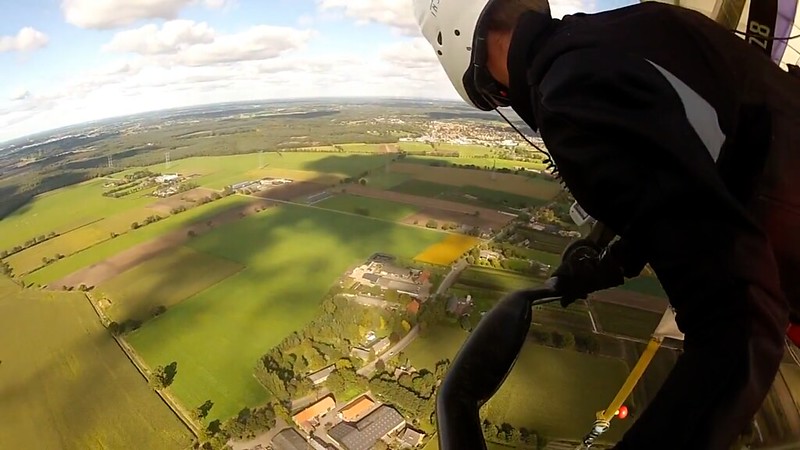
...same as stationary max (which is what it is) or platform. It would be brain dead easy to have staged weak links. How:
- come you've never advised it?
- many tow pilots do you figure have been needlessly killed because you never advised it?
Therefore, they should all use a forward-pull weak link.
And sailplanes too of course.
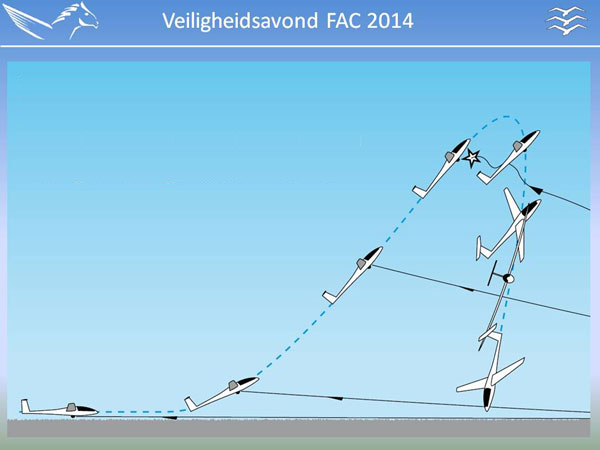
He starts out pulling forward with his forward-pull weak link and he's fine. Then when he climbs too steeply his Hewett Infallible Weak Link succeeds before he can get into too much trouble and he recovers to get hooked back up and give it another go. I can only shudder to think what might have happened if he'd been using a downward-pull Tad-O-Link.
I rest your case.
Even platform towing can revert to forward pull if done improperly.
If it CAN...
Donnell Hewett - 2008/10/14 00:49:34 UTC
6686
But I still believe, "Anything that can go wrong will go wrong." It is only a matter of time.
...it WILL. It's only a matter of time. So then obviously for an Infallible Weak Link to be TRULY Infallible on platform it needs to be a forward-pull.
I have seen cases where the glider would launch and the vehicle would race forward at high speed to lengthen the towline before the glider could gain significant altitude. This converted the down-pull into a forward-pull even while using a down-pull weak link.
- Then let's dial it down until it succeeds one out of four times - like we do for plain vanilla surface and aero. Problem solved.
- But with a properly done platform the glider immediately starts climbing steeply under normal high tension with a higher tension downward-pull weak link so when you get a line dig the proper Infallible Weak Link will succeed well before the limits of safe recovery have been exceeded so it's physically impossible not to have a safe recovery. What part of that are people having such a hard time understanding?
The glider climbed out at a 45 to 60 degree angle at low altitude.
After they dialed up the tension with lotsa line out and the glider was cruising along at 75 feet. It would've been SO much safer if he'd just blasted off the truck bed at a 45 to 60 degree angle with his downward-pull weak link.
If the payout winch had jammed for some reason...
What reason? A zillion passenger jets a day blast of from runways too short for a total power failure on rotation to be survivable. The engines and relevant systems are a zillion times more complex than the fuckin' payout winch can ever dream of being. Yet such power failures are virtually nonexistent. And when we DO get incidents it was because of negligence somewhere up the line and somebody's head ends up on o platter. We can manage all this OK without Infallible Weak Links but we're incapable of running a drum with some rope on it that won't jam at or near takeoff?
...the down-pull weak link would have broken, the glider would have whip-stalled, and the pilot would have been killed.
Well then. By this point in time they've obviously killed scores of pilots. How do you figure they're running the cover-ups so effectively? And if they're so effective at running the cover-ups then how is it that they so totally suck at keeping their payout winch running smoothly?
I was appauled at such an operation.
And if you were appauled at such an operation it's a no fuckin' brainer that you never hopped on the back of the truck yourself. So how many flavors of towing have you actually engaged in? I'm guessing nothing beyond foot launch fixed and payout with a winch or truck. That's got everything totally covered...
Zack C - 2011/03/04 05:29:28 UTC
As for platform launching, I was nervous about it when I started doing it. It looked iffy, like things could get bad fast. I've since logged around 100 platform launches and have seen hundreds more. Never once was there any issue. I now feel platform launching is the safest way to get a hang glider into the air (in the widest range of conditions). You get away from the ground very quickly and don't launch until you have plenty of airspeed and excellent control.
...under everything defined by the Skyting Criteria.
But it was SOP for that group. They had done it many, many times without a mishap.
But Skyting Theory tells us...
Donnell Hewett - 2008/10/14 00:49:34 UTC
6686
But I still believe, "Anything that can go wrong will go wrong." It is only a matter of time.
...that something WILL go wrong so they need to get out there and do more tows until they're able to achieve a malfunction in which an Infallible Weak Link will kick in to allow a safe recovery. Until that point it can't be considered legitimate Skyting Criteria towing.
Pity you never figured out that your Center of Mass Skyting Bridle...
Donnell Hewett - 1982/09
In addition to the above mentioned roll and yaw tendancies, there is some sideways force on the pilot due to the body line. This is illustrated below:
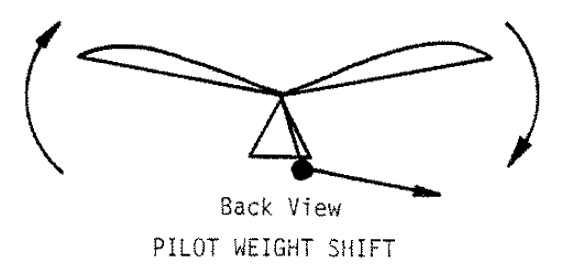
As can be seen, this sideways force tends to pull the pilot over to the correct side to make the glider turn naturally in the proper direction.
...does the polar opposite of what your theory tells us it will and that you need actual pilots at both ends of the line preflighting equipment, controlling power, pitch, roll optimally at all times, capable of avoiding and/or responding to any of the crap Mother Nature's capable of throwing at us on sane flying days.
Did you ever consider pulling your head outta your ass long enough to see what actually happens in real world towing, what's actually causing actual crashes, what halfway competent operations do to keep things under control?
If you believe - translation: know to a dead certainty beyond the slightest doubt - that anything that CAN go wrong WILL go wrong then that obviously includes the glider/harness/pilot assembly. And I'd rate that as the most complex, critical, fuckup prone chunk of the tow package. If we can manage that the rest of the package is relatively straightforward and easy. If you can't then you have no fuckin' business flying on or off tow. Your Infallible Weak Link doesn't do you any good if your sidewire pops
Did you ever once tow up to hook a thermal and STAY UP for an hour or two? I've given the Skyting newsletter archive a skim and I can't find or remember a single relevant reference. No big surprise 'cause in order to effectively do that you pretty much need to be doing AT or solid high powered platform.
I was in love with the idea of towing from Day One on - but as a means to get up into sustainable lift rather than to get pulled up and glide back down. And I tried every flavor of towing I could get my hands on.
In the fall of '80 on the dunes we KHK instructors would wrap a tether line a couple times around an Eaglet trainer basetube and fly each other in high winds like big string-kites. On 1984/05/12 I kited on an early Skyting Bridle up a thousand feet in high winds over the dunes on Paul Gibney's payout winch. 1992/05/06 I got hand towed using a truck tow bridle up off the beach into the lift band at Manteo and soared until I got tired of being kicked around in the strong wind turbulence. 1999/04/03 I fixed-line towed behind Paul Farina's van at Waverly to 1.3 K. Platformed off of trucks and trailers. I've flown behind every flavor of tug that ever got within range from a Cosmos 1986/08/01 through 914 Dragonflies with the turbo kicked in. Stupidly ATed foot launch one point the first time 'cause they didn't give you a choice back then and dolly one point a couple times in the later years.
AT - on the Delmarva Peninsula:
- multiple hour single flights, started falling asleep thermalling on one
- XC up to 37.5 miles
- gains to and beyond cloudbase, max 5800 foot gain
So what the fuck have you done? Nothing 'cause you've always been appauled by anything that didn't fit neatly into the Skyting Criteria for safe towing regardless of actual performance and results? Have you ever even hung out at a mainstream platform or AT operation long enough to really see what's really going on and start questioning any of the validity of your assumptions and pronouncements?
